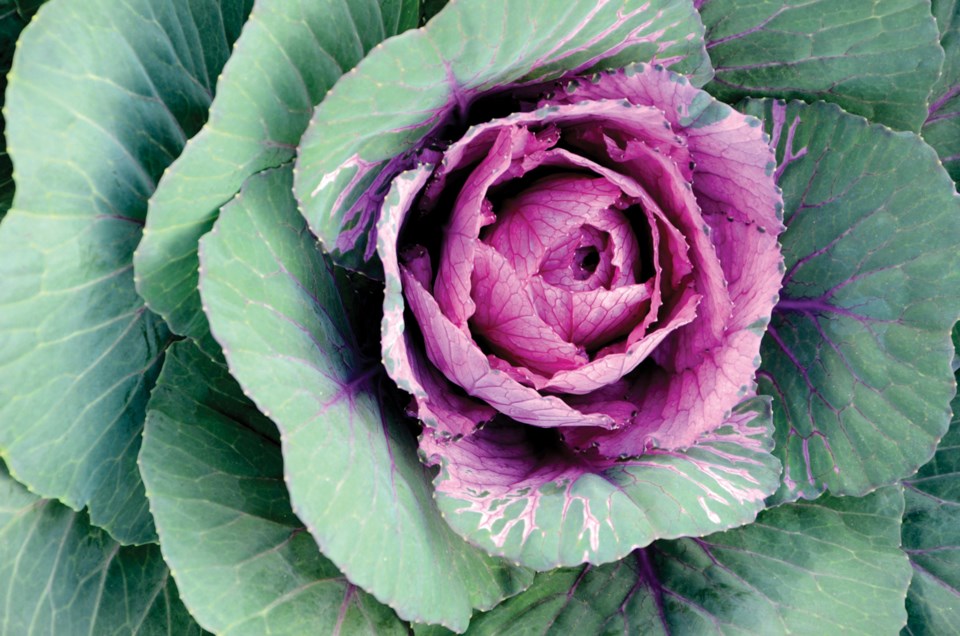Fall colours are everywhere, adorning our gardens and parks and as the leaves slowly fall to mulch the soil now is the time to plant to keep the colour show going through winter.
Fall is not the end of the season it's the beginning of a calmer and more refined state of gardening where colour is found on frost covered leaves, stems and fruit. In gardens with mature plants, colour virtue abounds on the leaves of burning bush, on the winged seeds of maple and the waiting buds of rhododendron. Every garden whether mature or young, big or small, can use a splash of colour here or there to brighten our lives. The garden centres are full of plants that will add colour to garden in winter and even those people on a budget can find a few pansies for the windowsill or front door. The most colourful plants I saw while visiting the local big three garden centres were definitely fall blooming chrysanthemums. The sheer volume of yellow, white and orange was inspiring.
Fall blooming chrysanthemums are best suited for planting in a location that is out of the rain which helps prevent foliar diseases from occurring. Choose locations with a roof overhang such as the front door, back patio or balcony and grow chrysanthemums in pots. The protection of the roof will extend the bloom season well into frost. Hardy asters also provide great colour. "Good doers," as they say, are hard to find when looking for hardy asters, especially hardy ones that can survive the coastal moisture without succumbing to mildew or rust. But they are out there, you just have to search, which is part of the fun.
The show of pansies at the garden centres was also good this year. Single colour pansies are not as popular as they used to be and have somewhat been replaced by the modern breeding of bicolour pansies. In some instances, I prefer a single colour pansy for design purposes, especially if the other plants in the bed or container don't assimilate well with bicolour pansies. Pansies are well suited to our regional climate. They can droop and curl during frosty times for protection but tolerate some rain and like the cool yet mild winter weather. However, on the North Shore the volume of rainfall can decimate even the best pansies, whose flowers are damaged by heavy rainfall when followed by frost. This is why humans created roof overhangs and beautiful containers.
Pansies are generally easy to grow but they resent overfertilization, so go easy on the feed. To grow pansies in containers, use a potting mix with good aeration, drainage and organic matter to produce a durable bloomer, versus growing pansies in a container full of peat and perlite that's all jacked up on fertilizer.
Mulching your pansies in the pot or in the ground will lessen the effect of freezing temperatures and provide an extension of the bloom period.
Beyond those two easy choices for fall colour in the garden, winter heathers can provide texture, form and colour in leaf and flower. Much underused here on the West Coast, heathers are excellent additions to any garden. In pots they act as a foil to show off and enhance other plants. The gold-leaved heather varieties are excellent at shining up other plants in the bed or container.
I use heathers in pots each year to provide fall colour and when spring arrives they go into the garden permanently, providing me with double value. Even one gold-leaved heather combined with a few purple pansies and an orange or yellow chrysanthemum will provide a bright little bit of colour happiness during our grey winter.
Heathers grown in pots should be watered regularly before and during frost to prevent desiccation. Fertilizer is not required for winter blooming heathers but good soil is important to maintain their health. And they appreciate being mulched to keep them cosy during winter frost and rain.
With so many varieties to choose from it is difficult to recommend just one. Choose good foliage, look for winter blooming varieties and consider the effect frost has on heather foliage in toning and bronzing it, which plays a role in the design and placement of such plants.
Colour alone cannot sustain a garden's beauty. Beautiful foliage is and will always be the mainstay of any good garden to provide shape, colour, texture, tone and patina. I have always spoken of the value of mature plants by saying "maturity is virtue realized" and virtue shows in the many hues of fall.
Todd Major is a journeyman horticulturist, garden designer and builder, teacher, skills trainer and organic advocate. For advice contact him at [email protected].



